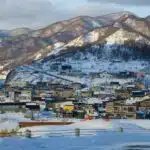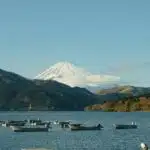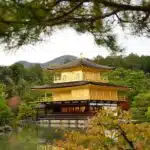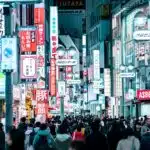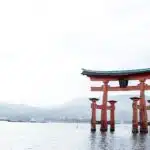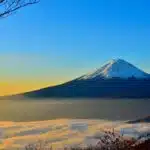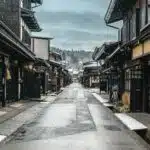Okinawa is a tropical paradise in southern Japan, known for its pristine beaches, turquoise waters, and unique Ryukyu culture. As Japan’s island getaway, Okinawa offers a mix of natural beauty, historical sites, and a laid-back atmosphere.
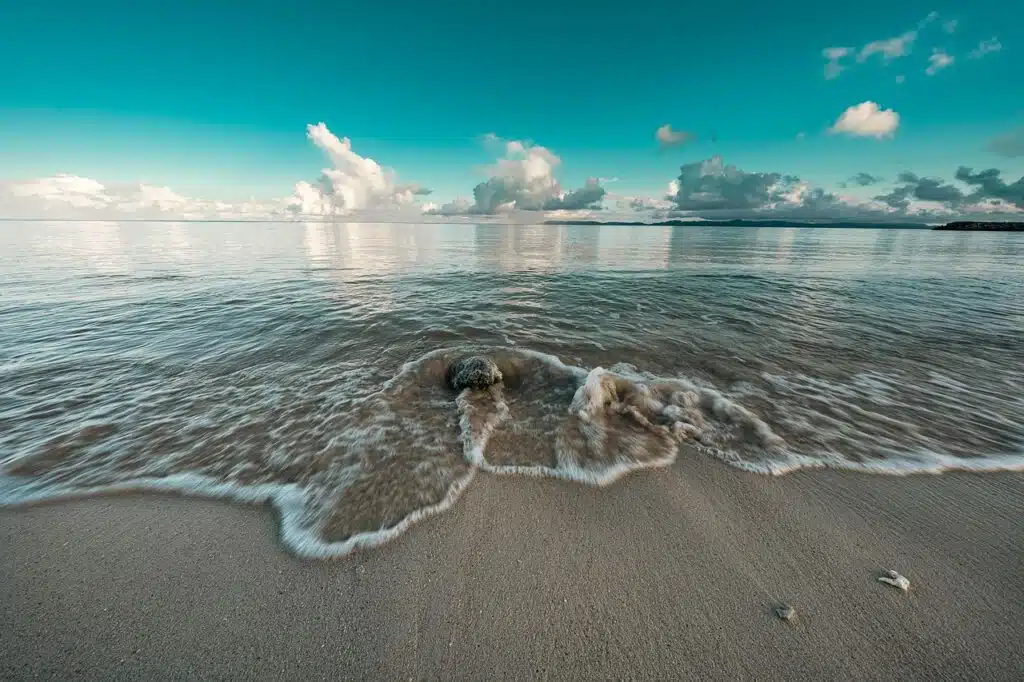
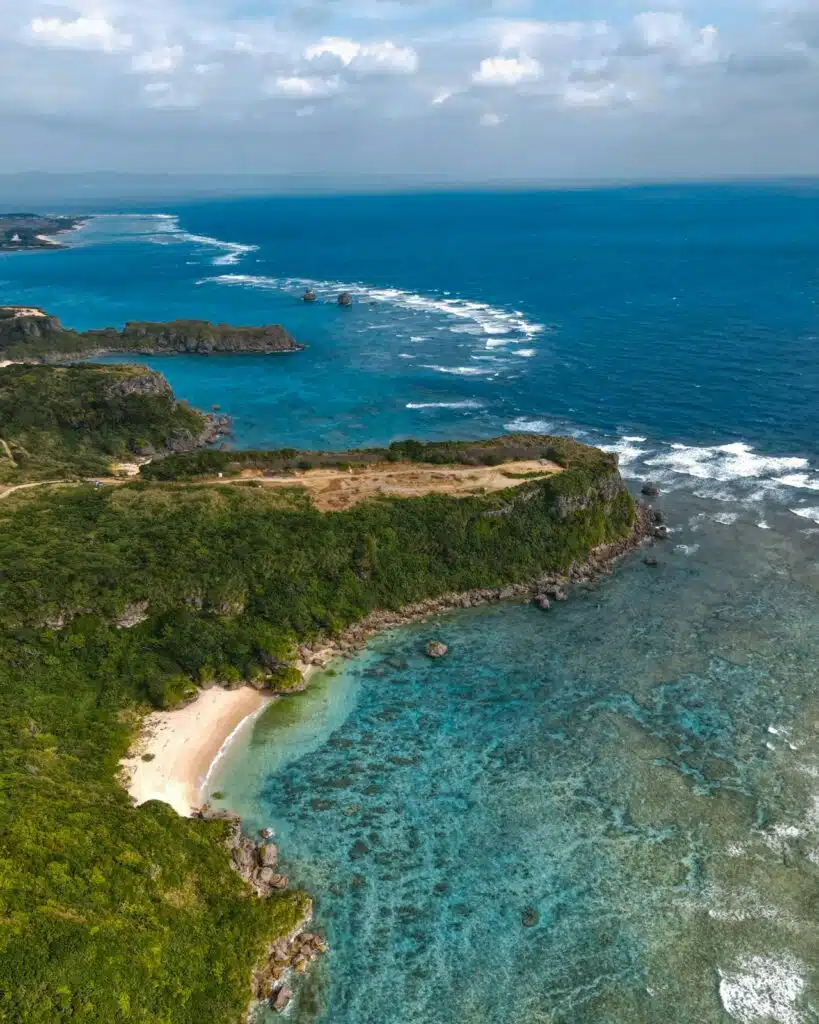
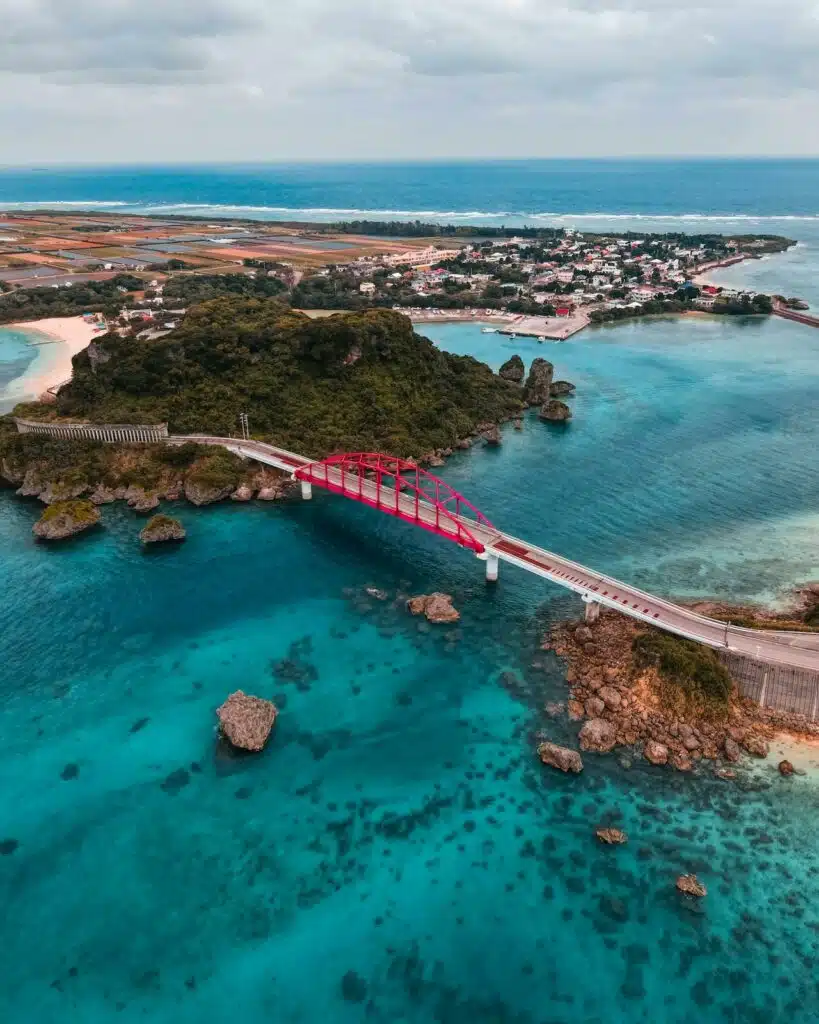
What to See in Okinawa
- Shurijo Castle: Once the royal palace of the Ryukyu Kingdom, Shurijo Castle is a UNESCO World Heritage Site that showcases Okinawa’s unique culture and history. Though partially damaged by fire, the site is still a cultural symbol worth visiting.
- Churaumi Aquarium: One of the largest aquariums in the world, Churaumi features massive tanks with whale sharks, manta rays, and various marine species. It’s a must-see for ocean lovers.
- Okinawa Beaches: Okinawa is famous for its beautiful beaches like Emerald Beach, Manza Beach, and Kabira Bay on Ishigaki Island. These beaches are perfect for swimming, snorkeling, and diving in crystal-clear waters.
- Okinawa Peace Memorial Park: This park commemorates the Battle of Okinawa and is a place of reflection, featuring memorials, a museum, and panoramic ocean views.
- Ishigaki and Miyako Islands: Part of the Okinawa archipelago, these remote islands offer even more pristine beaches, coral reefs, and excellent snorkeling or diving opportunities.
- Okinawa World: A theme park dedicated to Ryukyu culture, featuring traditional performances, handicrafts, and the Gyokusendo Cave, a stunning limestone cave with impressive stalactites.
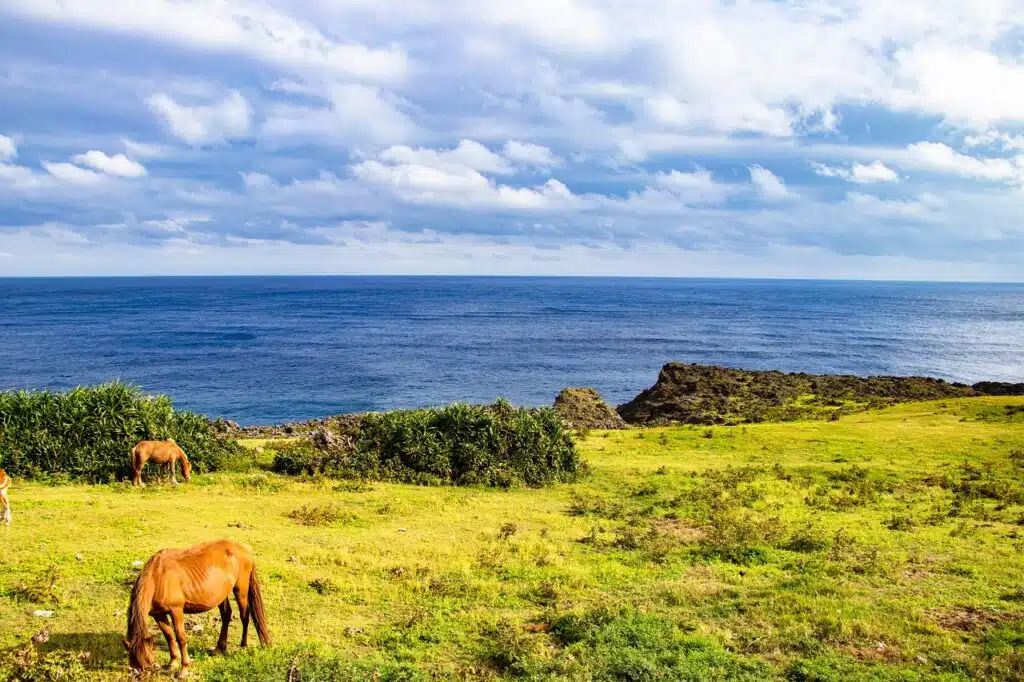
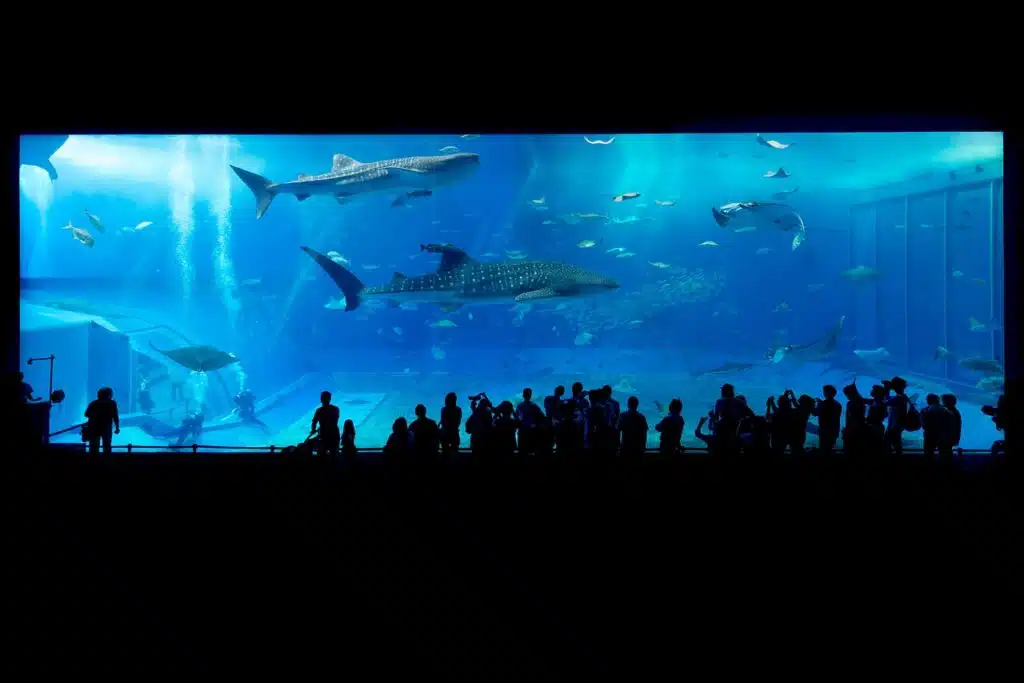
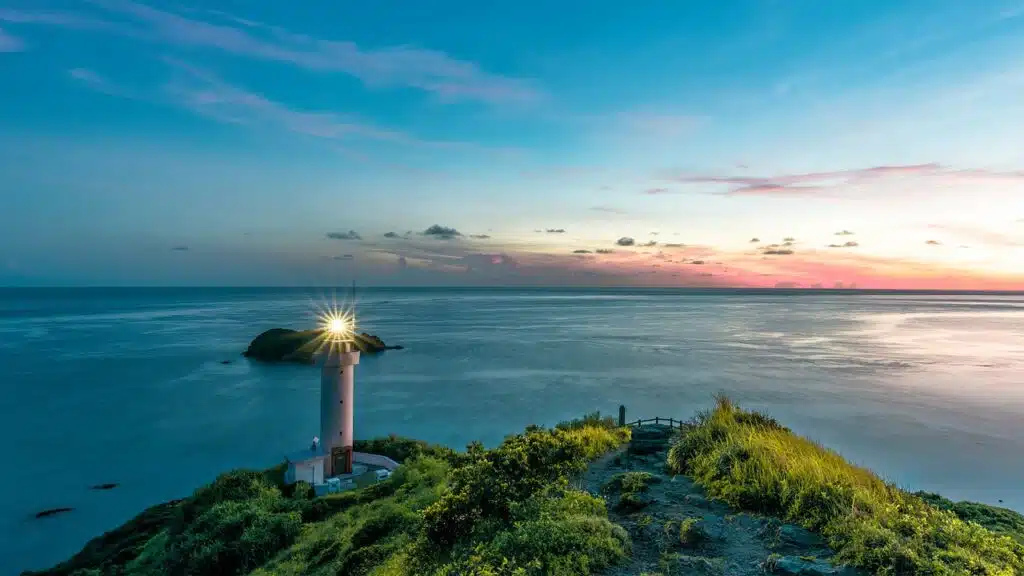
Tips for Visiting Okinawa
- Best Time to Visit: The best time to visit is from April to June and September to November when the weather is warm and there’s less rain. Avoid the typhoon season (July to early September).
- Diving and Snorkeling: the region offers world-class diving and snorkeling, particularly around the Kerama Islands and Miyako-jima. Book tours in advance, and always check the weather conditions before going.
- Car Rental: Renting a car is highly recommended for exploring Okinawa as public transportation can be limited, especially if you plan to visit remote areas or beaches.
- Cultural Etiquette: the region has its own distinct culture. Be respectful of local customs, especially at historical and religious sites. Dress modestly when visiting temples and cultural attractions.
- Try Local Food: Okinawan cuisine is distinct from mainland Japan. Try goya champuru (bitter melon stir-fry), Okinawan soba, and sata andagi (Okinawan doughnuts). Explore local markets and street food.
- Island Hopping: If time permits, plan to visit multiple islands in the Okinawa archipelago. Each has its own unique beauty, with Miyako-jima and Ishigaki-jima being especially popular for their pristine beaches.
- Sun Protection: The tropical sun can be intense, so bring sunscreen, a hat, and stay hydrated during outdoor activities.
- Stay in a Ryokan: For a more traditional experience, stay in a ryokan (Japanese inn) where you can enjoy local hospitality and meals featuring Okinawan specialties.
- Language: While Japanese is spoken, some older locals speak the Okinawan dialect. English is commonly understood in tourist areas, but having a few basic Japanese phrases handy is always helpful.
Getting There
Okinawa is accessible via Naha Airport, with direct flights from major cities in Japan and some international destinations. From Naha, ferries and flights connect to other islands in the archipelago.
Why Visit Okinawa?
Okinawa is a tropical escape with rich history, stunning beaches, and a distinct cultural identity. Whether you’re seeking relaxation, outdoor adventures, or cultural exploration, Okinawa offers a unique and unforgettable experience.

